Recently, the White House announced that port operator SSA Marine (Seattle, USA) and Gemadept (Vietnam) intend to cooperate on strategic port projects in southern Vietnam, including a shared interest in developing the $6.7 billion Cai Mep Ha Logistics Center.
Upon completion, Cai Mep Ha super port will become the largest logistics center in the country. This is one of the billion-dollar super ports being proposed to be built in Vietnam.
Many proposals to establish super ports
Cai Mep Ha Port (also known as Cai Mep - Thi Vai Port), built right at the mouth of Cai Mep River and Thi Vai River (Ba Ria - Vung Tau Province), has many advantages for exploitation, but so far has not been able to become an international transit port.
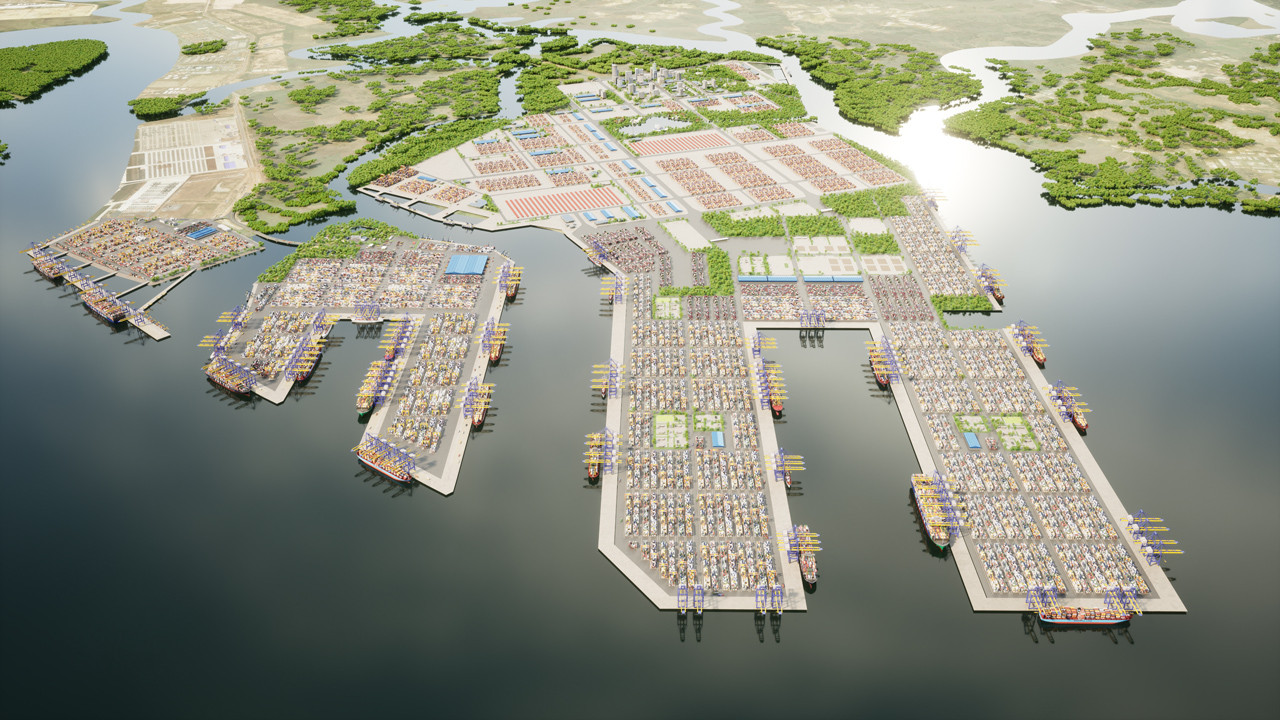
The project was initially planned with a construction area of 1/2,000 scale with an area of about 1,800 hectares, including two main areas: the Logistics Center and Cai Mep Ha downstream port. The project was later adjusted to 2,200 hectares to be able to receive the world's largest tonnage ships, turning this area into a regional and world-class transit port.
With its large scale and strategic location on the Vietnamese maritime map, Cai Mep Ha super port has not only received the attention of the Gemadept-SSA Marine joint venture but also caught the eye of many other giants such as Geleximco-ITC Joint Venture, Besix-Boskalis-Hateco Joint Venture, IMG Innovations, Tan Dai Duong International Import-Export Joint Stock Company, Sun Group, Saigontel, and Tan Cang Saigon Corporation.
The new Can Gio International Transit Port proposed by the Ho Chi Minh City People’s Committee is no less competitive. This project is located at the mouth of the Cai Mep River, surrounded by the Thi Vai and Thue Rivers. The port is designed to accommodate mother ships of up to 250,000 tons, with a capacity of about 16.9 million TEUs.
The total investment of the project is about 5.45 billion USD, the total port area is 571 hectares and the water surface area is nearly 478 hectares. The project is divided into 7 phases, the first phase will be put into operation in 2027 and completed by the end of 2045.
According to Ho Chi Minh City's assessment, Can Gio port is located near international shipping routes through the East Sea. Goods from Southeast Asia passing through this area can reduce the distance by 30-70% compared to transporting to the port in Singapore, and loading and unloading costs can also be reduced by 40-54%.
The project is of great interest to MSC, the world's largest shipping company, which is researching and wishing to participate in investment cooperation, as well as actively coordinating with Vietnamese enterprises (Vietnam Maritime Corporation - VIMC) to research and invest together.
The proposal for Tran De Port in Soc Trang province has also received attention from many units. The project has a total area of about 5,400 hectares. The total investment in the period up to 2030 is expected to be 51,320 billion VND and the overall period up to 2050 is 145,283 billion VND.
The port can accommodate container ships of over 100,000 tons, becoming the gateway to the Mekong Delta region. Investing in this port cluster will help solve the situation where most of the Mekong Delta's goods are being transported to ports in the Ho Chi Minh City area, causing costs for businesses.
Adani Group (India) is also in contact with the research and investment in the seaport area in Lien Chieu (Da Nang) with an investment of about 2 billion USD, including investment in technical infrastructure to be able to handle general cargo, bulk cargo, liquid/gas cargo and containers.
Or in mid-2022, Xuan Thien Nam Dinh Joint Stock Company proposed to build Xuan Thien Nam Dinh port with an estimated investment of up to 35,000 billion VND (equivalent to nearly 1.5 billion USD). The Vietnam Maritime Administration has received the company's documents and studied the project documents.
Need to invest hundreds of thousands of billions of dong
According to the report of the Ministry of Transport on the completion of the "Detailed planning of seaports, ports, wharves, buoys, water areas, and water regions for the period 2021-2030, with a vision to 2050", the total investment demand for the seaport system by 2030 is about 312,625 billion VND.
Of which, the investment capital demand for public maritime infrastructure is about more than 70,000 billion VND and the investment capital demand for ports is more than 242,000 billion VND.
This phase also calls for investment in ports at potential seaports such as Van Phong and Tran De. By 2030, investment will be made in the Nam Do Son port area (Hai Phong), ports in Cai Mep Ha area, downstream Cai Mep Ha and Tran De port area (Soc Trang).
According to statistics from the Ministry of Transport, by October 2022, the country will have 296 ports with a length of about 107km of wharfs (5 times more than in 2000). At the same time, international gateway ports have been formed in the northern and southern regions as well as successfully receiving container ships of up to 145,000 tons at Lach Huyen port area (Hai Phong), up to 214,000 tons at Cai Mep port area.
Regarding investment capital in the maritime sector, the mobilized non-budgetary capital for investment in the period 2011-2020 is about 173,400 billion VND, approximately 86% of the total investment capital. Many leading corporations in the world have been present in Vietnam to form joint ventures to invest in the construction and exploitation of seaports.
For example, DP World of the United Arab Emirates (the world's No. 5 port operator) invested in SPCT port (HCMC), SSA Marine (the world's No. 9 port operator) invested in SSIT port (Ba Ria - Vung Tau), APMT of Denmark (the world's No. 2 port operator) invested in CMIT port (Ba Ria - Vung Tau); shipping lines MOL, NYK invested in Lach Huyen port (Hai Phong)...

Source


![[Photo] National Assembly Chairman Tran Thanh Man meets with outstanding workers in the oil and gas industry](https://vstatic.vietnam.vn/vietnam/resource/IMAGE/2025/4/17/1d0de4026b75434ab34279624db7ee4a)
![[Photo] Nhan Dan Newspaper announces the project "Love Vietnam so much"](https://vstatic.vietnam.vn/vietnam/resource/IMAGE/2025/4/17/362f882012d3432783fc92fab1b3e980)
![[Photo] General Secretary To Lam receives CEO of Warburg Pincus Investment Fund (USA)](https://vstatic.vietnam.vn/vietnam/resource/IMAGE/2025/4/18/7cf9375299164ea1a7ee9dcb4b04166a)
![[Photo] Closing of the 4th Summit of the Partnership for Green Growth and the Global Goals](https://vstatic.vietnam.vn/vietnam/resource/IMAGE/2025/4/17/c0a0df9852c84e58be0a8b939189c85a)
![[Photo] The beauty of Ho Chi Minh City - a modern "super city" after 50 years of liberation](https://vstatic.vietnam.vn/vietnam/resource/IMAGE/2025/4/18/81f27acd8889496990ec53efad1c5399)

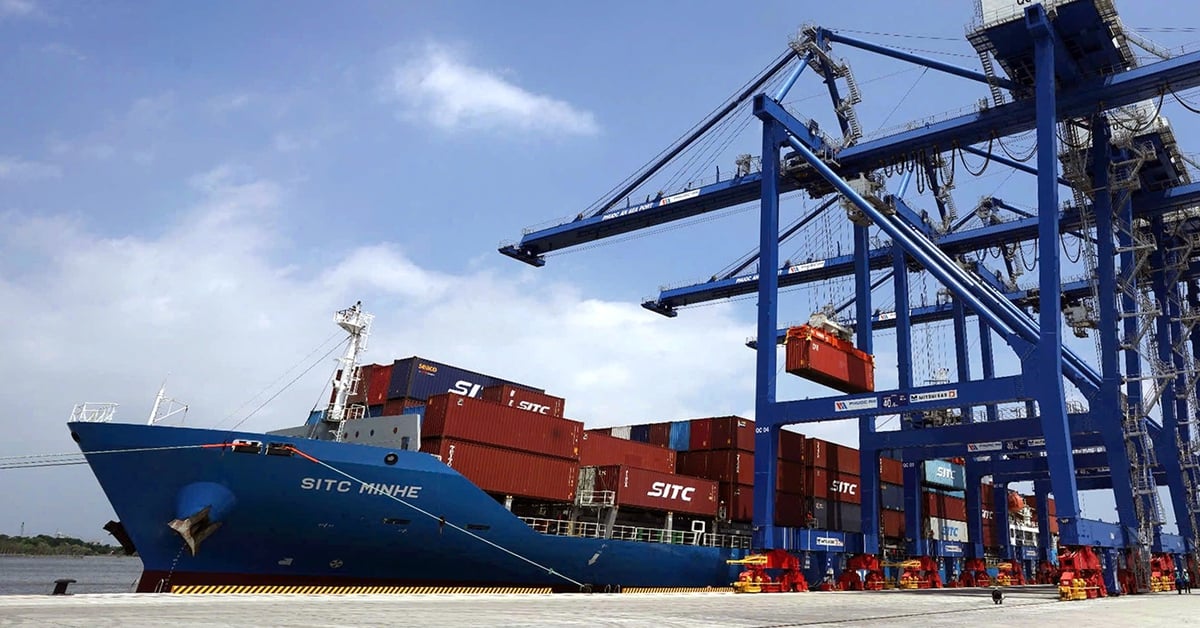

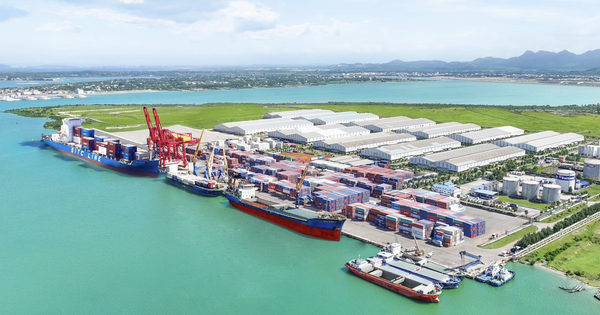

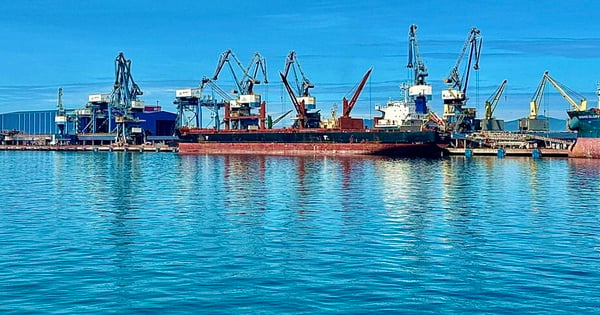


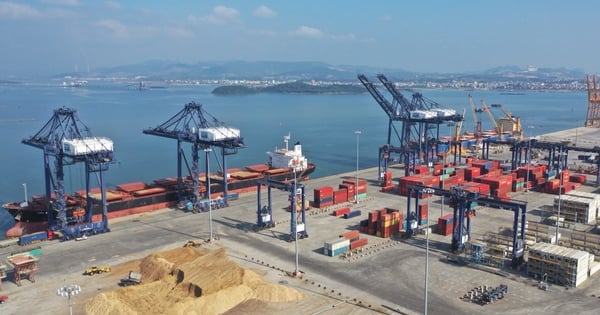
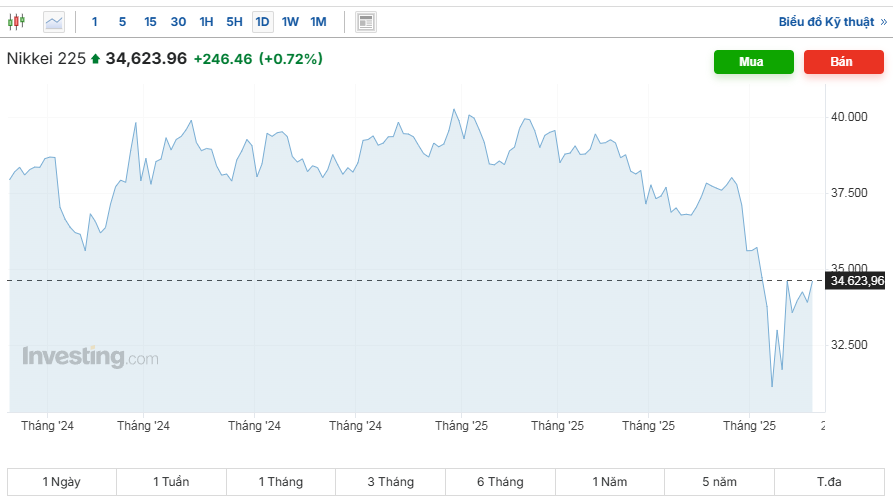



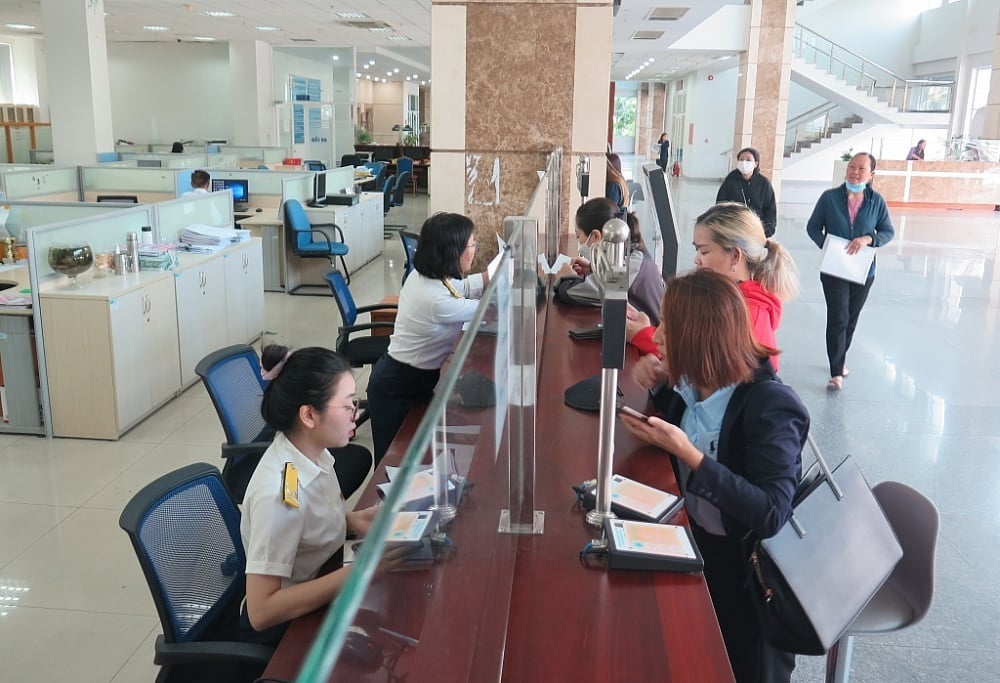









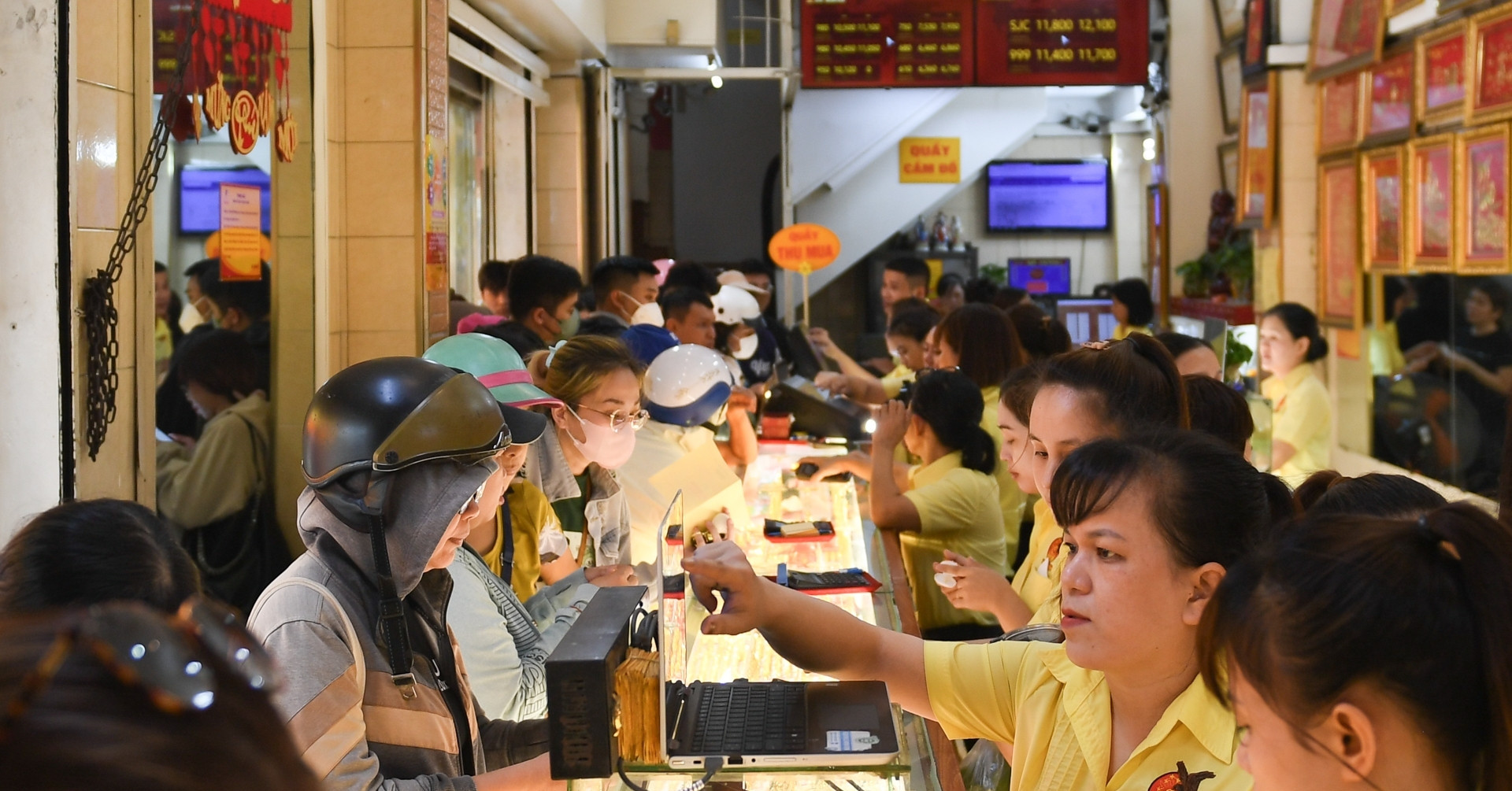
![[Photo] Promoting friendship, solidarity and cooperation between the armies and people of the two countries](https://vstatic.vietnam.vn/vietnam/resource/IMAGE/2025/4/17/0c4d087864f14092aed77252590b6bae)


























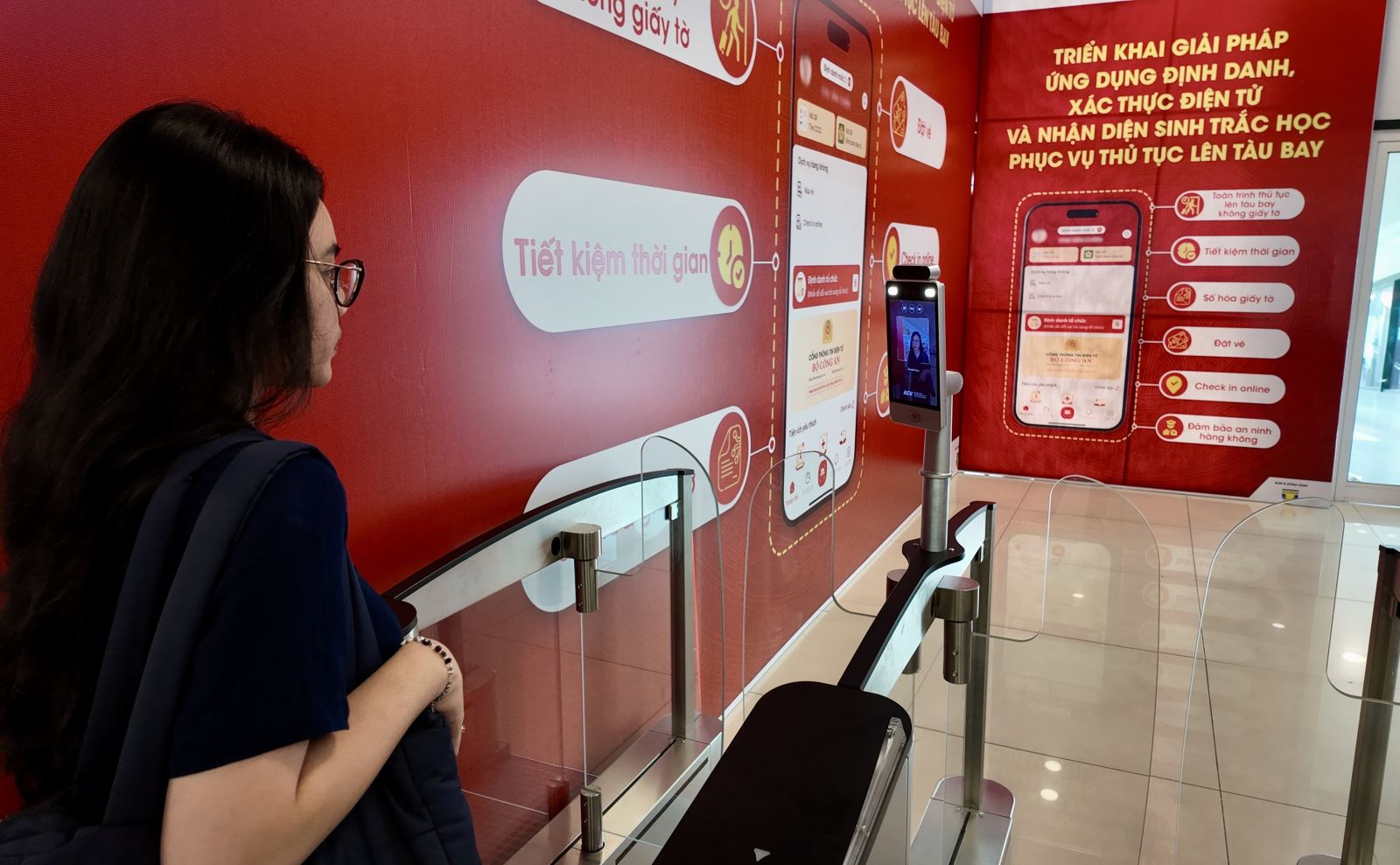
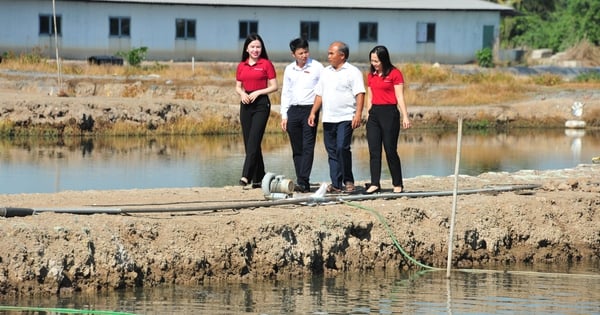

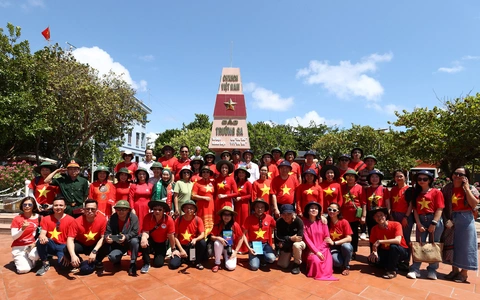

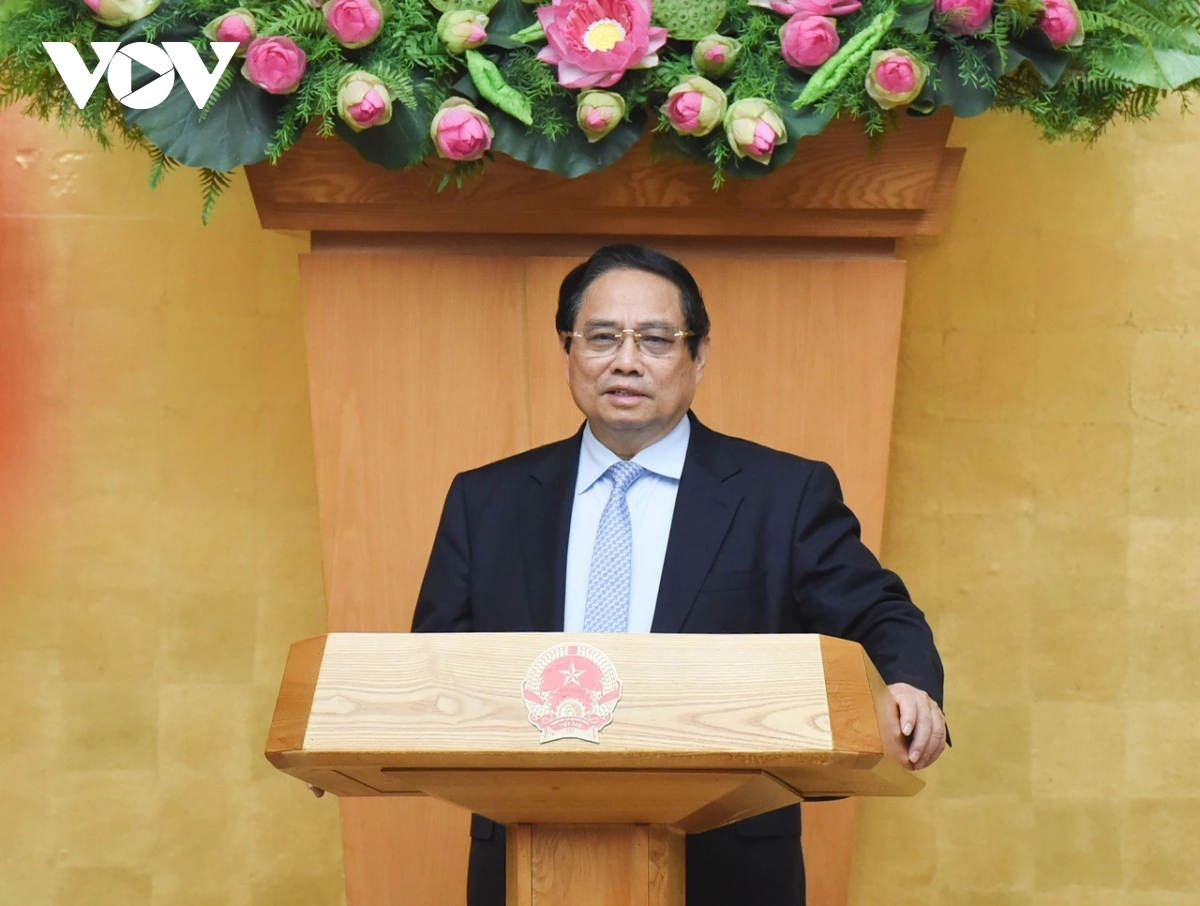

















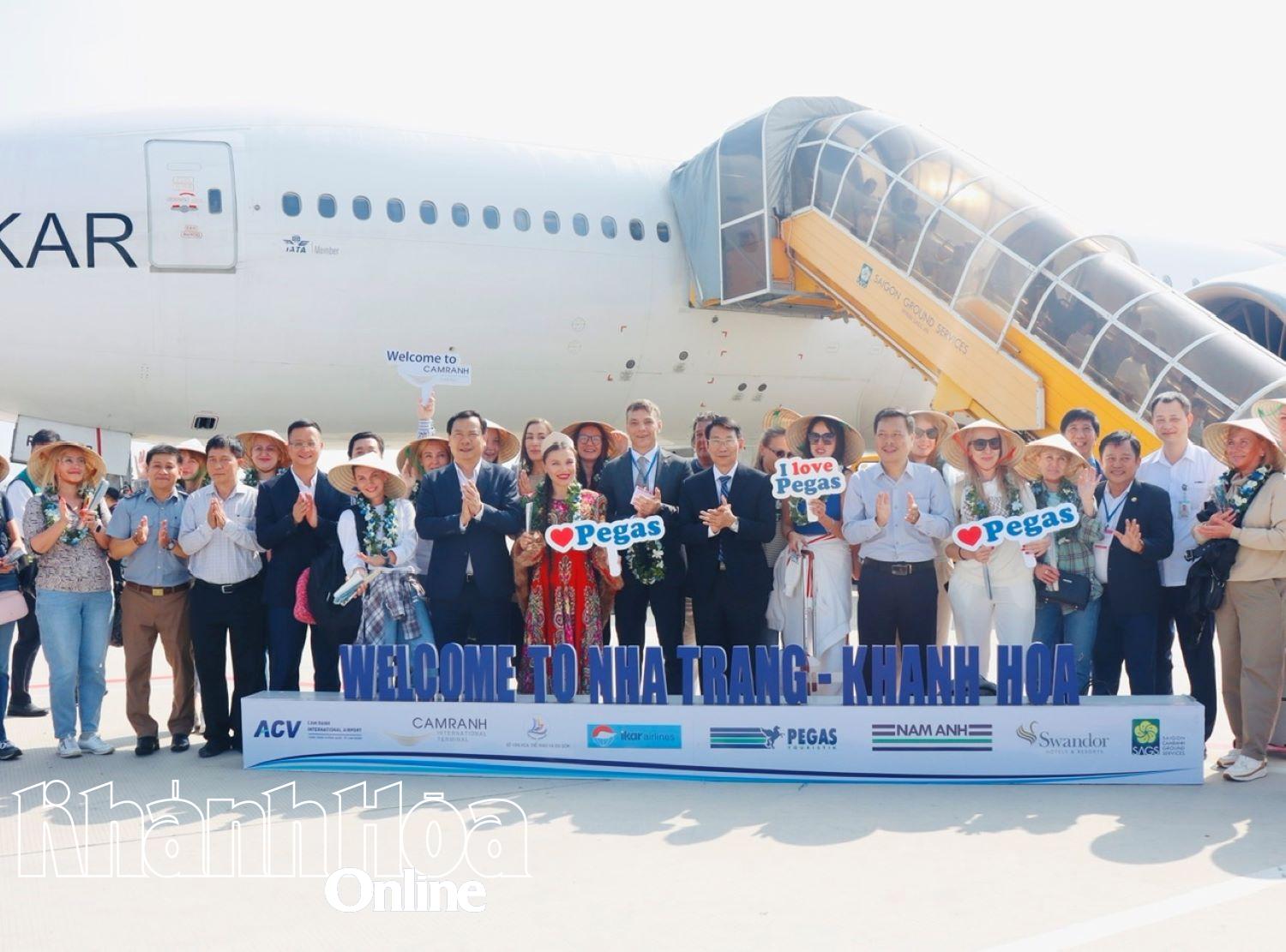













Comment (0)